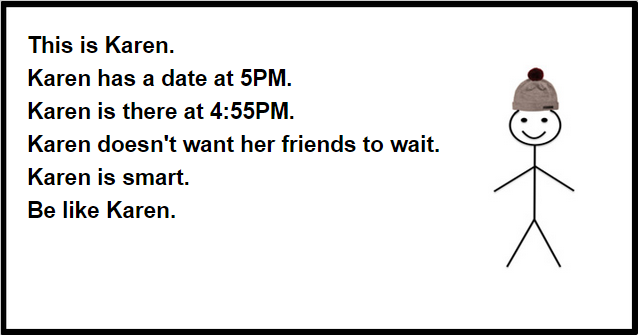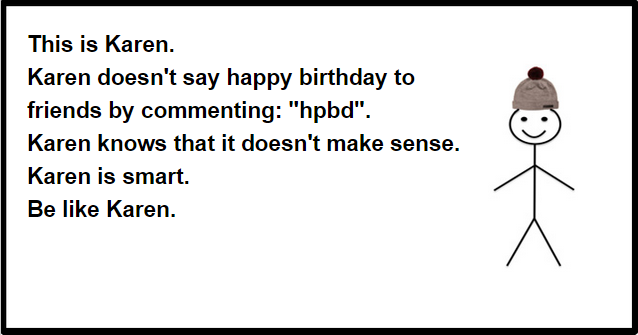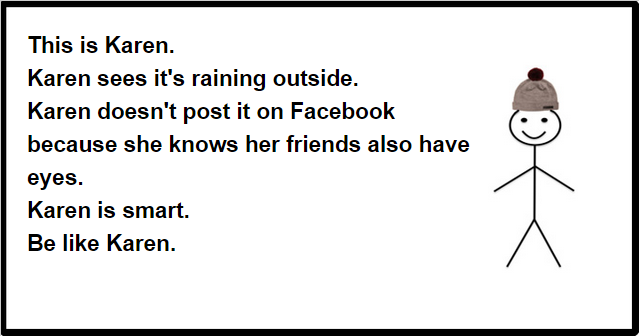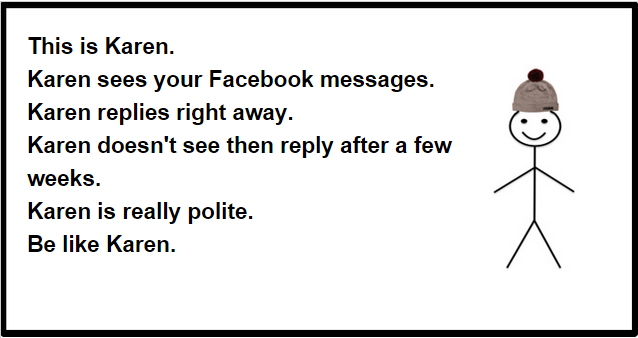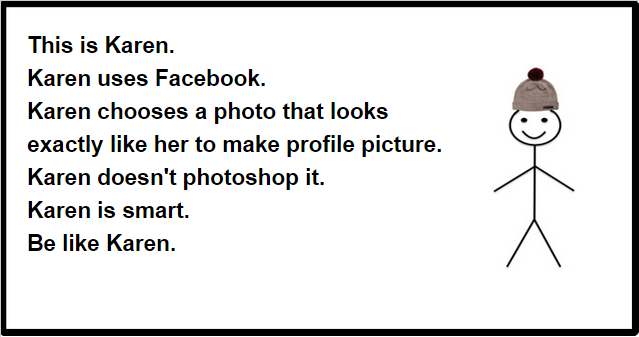Be original. Be classic. Don't jump on the bandwagon.
Because the bandwagon isn't original or classic. It also gets old pretty fast.
I've started to get meme-fatigued in recent months. I'm also list post fatigued, and how-to post fatigued, and all sorts of other typical kinds of content fatigued. It's not that I never find value in these types of content, because I sometimes do. There's an enormous volume of them out there, though.
I've gotten away from producing these kinds of posts myself, because I want to focus on ideas and concepts at a higher level. That's not to say I won't ever write a listicle or how-to post, but it won't be a go to source of content for me. Truthfully, it'd be easier if I did.
Jumping on the bandwagon
The thing is, those kinds of posts are a dime a dozen. They're unoriginal and usually not terribly creative. They serve a purpose, and even if there are 100,000 posts of the same list from 100,000 different sources, there are still probably many people who haven't seen that set of information who could benefit from it. That's where we're at now in this world of constant content.
People like to jump on bandwagons. There's even a book about doing it as a strategic tactic.
One recent bandwagon is the "Be Like Me" meme, which allows users to create lovely passive aggressive internet wisdom in the form of a "funny" cartoon to share with their friends. (Some really are funny, some are dumb, but most are judgey and we can all do without seeing them.
And now, of course, brands have gotten in on it. Because, why not?
In truth, I think the brand renditions of the meme are a mix of the usual combinations of bandwagon-jumping - some lame, some meh, some all right, but nothing really exceptional in that particular list.
The easy path to content
It took me about five minutes to create and save the images in the gallery above. So easy. If I wanted to create something branded it may have taken me 10-15 minutes. Longer if I decided to get fancy about it. Either way, the idea is easy and effortless. It's not particularly strategic because the statements aren't going to tell anyone about my business or what I have to offer. Though in the case of the brand examples in the article above, it was also a mix of vague to blatant. I did appreciate that Firehouse Subs basically created a sort of on-brand PSA.
In general all of the brand examples felt like forced, unnatural, unrelatable (Maybe Pizza Hut is more woo-worthy in India?), contrived content. Who wants any of those words used about their content!? I sure don't.
Think about how many times brands have been accused of leveraging tragedies or catastrophic events to get attention/make sales - every 9/11 anniversary, Hurricane Sandy, David Bowie's death, and I could go on and on.
It's not always a bad thing
When a meme or formulaic type of content serves as a good way to create great content, why not use it?
There's honestly no reason not to.
But ask yourself:
Is this actually great content, or is it easy filler? (There's nothing inherently wrong with easy filler, but consider that it could waste your audience's time and you may lose their attention.)
Does it communicate something relevant or important?
Will it be lost in the far-too-similar noise of others using the same tactic?
Is there a better way to share this idea or information?
What are the chances it will generate positive/negative sentiment?
Does this fit the brand I'm building?
Good content is good content
The formula you use to create great content really doesn't matter in the end. And no, not every piece you create is going to be a winner. However, that's no reason to hitch a ride on a bandwagon that's already overfull. We all have the capacity to do and be better than that.

